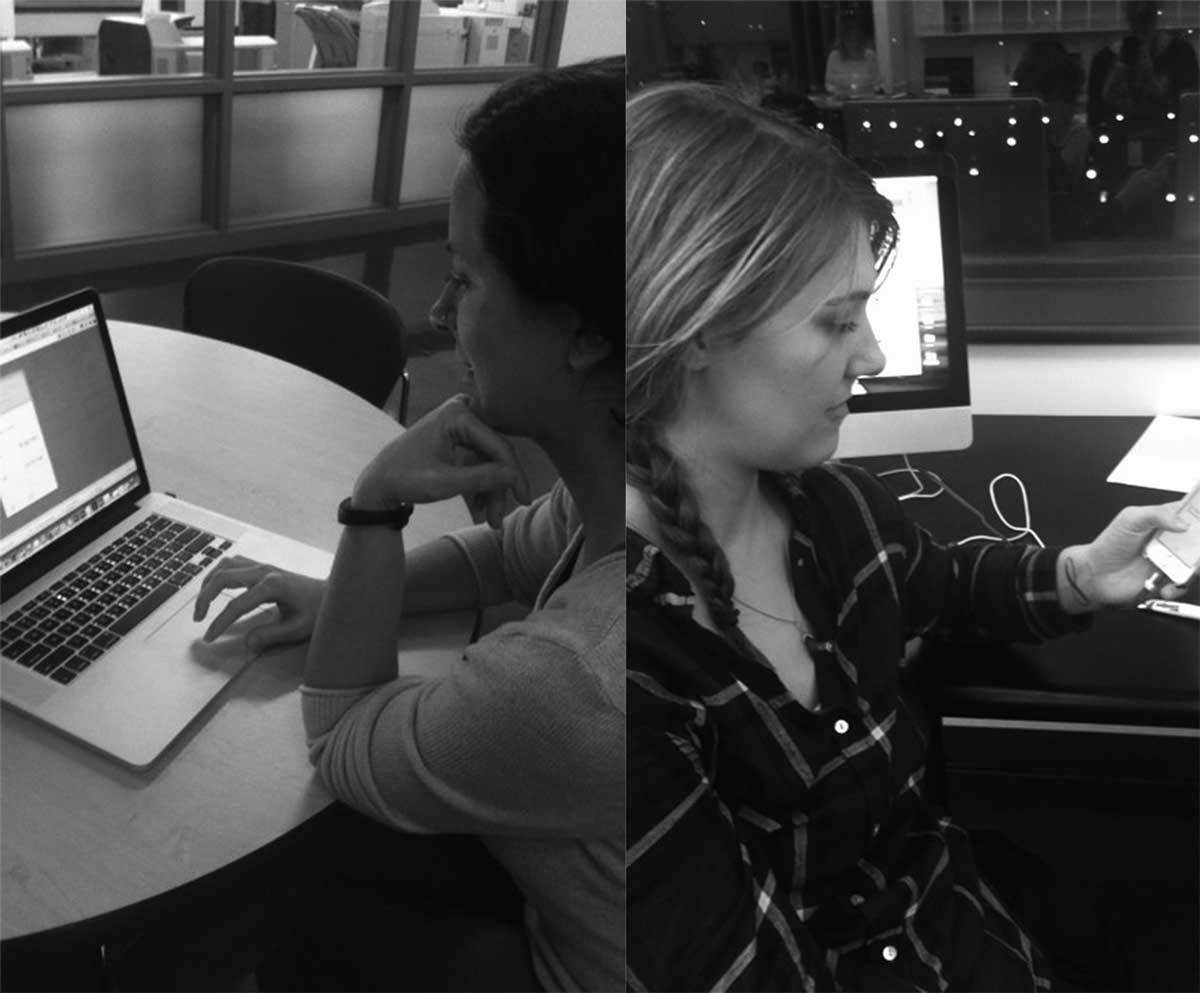Doing laundry at the apartment complex laundry room is a hassle. In many instances users have to get quarters, potentially make multiple trips in hope of finding an available washer/dryer, run the risk of their laundry being handled by someone else if the user is late or forgets to take it out.
Laundrobot app allows user to reserve washer/dryer in advance or on the spot, to get notified when the laundry load is done, and to pay for doing laundry with their phone.








